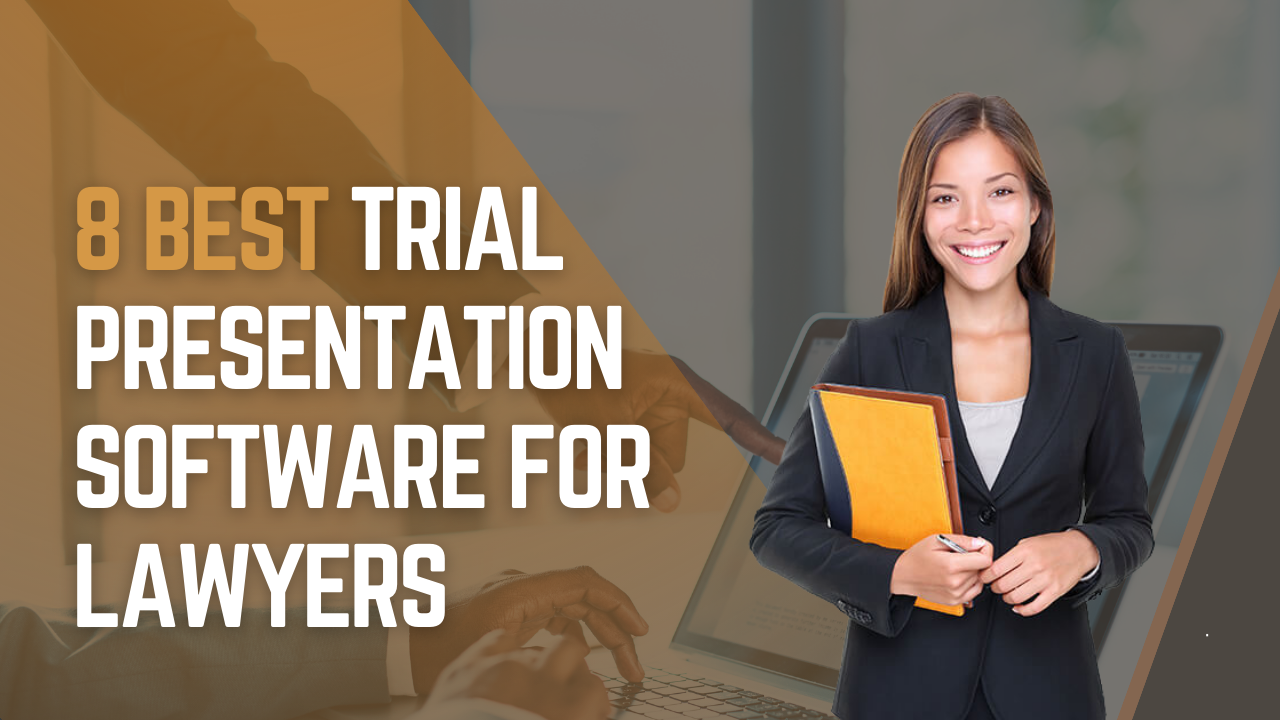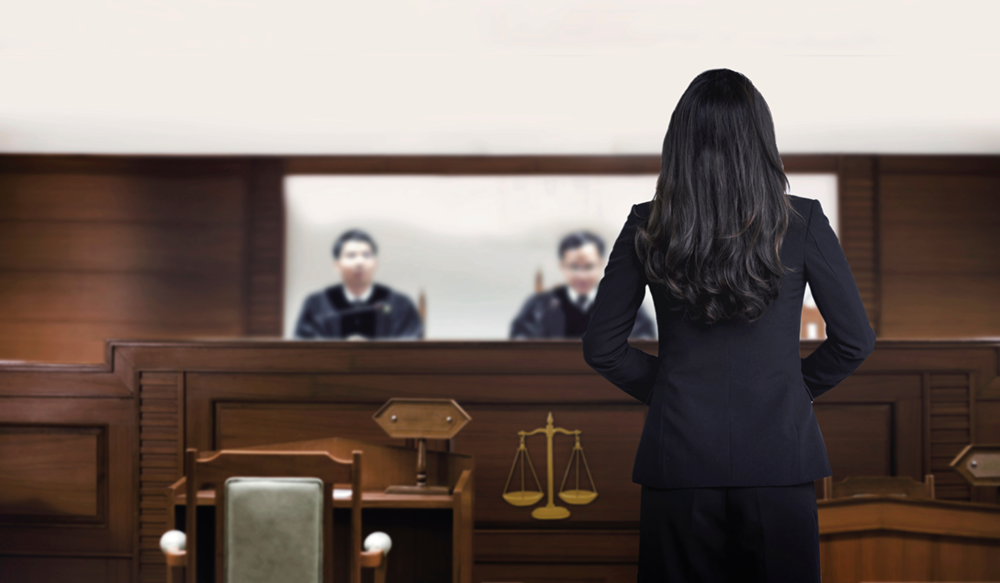Raise Your Lawful Exercise With Cutting-edge Trial Presentations: Best Practices and Guidance
Raise Your Lawful Exercise With Cutting-edge Trial Presentations: Best Practices and Guidance
Blog Article
Browsing the Complexities of Trial Presentations: Tips for Seamless Distribution and Compelling Arguments
In the realm of lawful process, the art of trial presentation stands as a vital component of success. The intricacies inherent in trial presentations need a fragile equilibrium of approach, finesse, and ability.

Understanding Trial Goals
To effectively navigate a trial, it is critical to have a clear understanding of the objectives that need to be accomplished. Prior to tipping into the court, legal groups have to define their goals and desired results. These goals work as guiding principles throughout the trial, shaping techniques and affecting decision-making procedures.
Recognizing test purposes involves a comprehensive analysis of the situation, legal precedents, and the client's benefits. Trial Presentations. It needs a thorough exam of the realities, recognizing key issues, and anticipating potential challenges. By setting specific and measurable objectives, lawyers can customize their discussions and debates to straighten with the wanted outcomes
Additionally, a clear understanding of trial objectives enables lawful groups to prioritize evidence, witnesses, and lawful debates properly. It enables for the advancement of a coherent narrative that reverberates with the court and jury, strengthening the total instance presentation.

Organizing Proof Successfully
Having a clear understanding of test goals lays the foundation for organizing proof successfully in lawful procedures - Trial Presentations. By aligning the discussion of proof with the preferred outcomes of the trial, lawful groups can strengthen their arguments and boost their persuasiveness. One critical facet of organizing evidence is classification. Organizing evidence based on motifs or significance to particular lawful aspects can assist streamline the discussion and make complicated information extra absorbable for the judge or court.
An additional key component in organizing proof successfully is establishing a rational flow. Providing evidence in a sequential and systematic way can help construct a compelling story that supports the legal debates being made. Furthermore, making use of visual help such as timelines, graphs, or graphes can additionally enhance the organization of evidence and aid in clearing up intricate partnerships or sequences of occasions.
In addition, ensuring that all evidence provided is pertinent and admissible to the case is important. Inadmissible or irrelevant evidence can diminish the strength of the argument and potentially hurt the reliability of the here and now event. Therefore, a precise evaluation and option procedure should be carried out to include only one of the most legally sound and impactful evidence in the trial presentation.
Crafting Influential Stories
Crafting compelling narratives plays an essential duty in presenting persuasive disagreements during lawful process. A well-crafted story has the power to astound the audience, evoke emotions, and ultimately persuade the decision for today party. When constructing a narrative for a trial presentation, it is important to develop a clear story that highlights bottom lines and links them in a systematic fashion. Begin by laying out the realities of the instance in an engaging fashion, ensuring that the sequence of events is easy to follow. Present personalities effectively, giving history details that aids the target market recognize their activities and inspirations. Furthermore, integrating vibrant descriptions and engaging language can bring the story to life, making it extra unforgettable for the discretionary. By weaving with each other proof, statement, and legal debates right into a cohesive and persuasive narrative, lawyers can properly promote for their clients and raise the chance of a positive outcome in the court room.
Understanding Visual Aids
Reliable use of aesthetic help is essential to boosting the impact and clearness of test presentations. Visual help, when utilized tactically, have the power to streamline complex info, enhance bottom lines, and leave a long-term impression on the discretionary. To understand visual aids in trial discussions, it is crucial to make sure that they are clear, succinct, and relevant to the arguments being made.
When integrating aesthetic help, such as graphes, timelines, charts, or photographs, into a trial presentation, it is necessary to keep them visually appealing yet professional. The visuals ought to complement the click this site verbal disagreements, giving a visual depiction of the information being talked about without overwhelming the audience with unnecessary details.
Moreover, practicing with the visual aids in advance is imperative to ensure a seamless delivery throughout the test. Acquainting oneself with the web content, changes, and timings of each aesthetic help can assist preserve the flow of the presentation and prevent technical problems that might develop.
Providing Impactful Closing Disagreements
An engaging closing disagreement serves as the end result of a trial discussion, encapsulating the core story and convincing the court and jury in the direction of a positive choice. Begin by detailing the main disagreements that click over here now support your client's placement, highlighting why the proof provided throughout the test supports your story.
Moreover, integrating psychological charm can better strengthen your closing debate. By humanizing the case and attaching on an individual level with the decision-makers, you can stimulate compassion and understanding, influencing their assumption of the facts provided. In addition, restating the lawful requirements that need to be fulfilled for a beneficial judgment can enhance the validity of your setting. Inevitably, a well-crafted closing argument ought to leave an enduring impact, compelling the discretionary to regulation in your customer's favor.
Final Thought
In final thought, understanding test presentations involves understanding objectives, organizing evidence, crafting narratives, using visual aids, and providing impactful closing disagreements. By carrying out these approaches properly, legal representatives can offer their instance flawlessly and make engaging debates in the court room. It is critical to browse the intricacies of test discussions with precision and skill to achieve success in legal process.
By straightening the discussion of proof with the preferred end results of the test, legal teams can strengthen their debates and boost their persuasiveness (Trial Presentations). To understand aesthetic help in test presentations, it is essential to ensure that they are clear, concise, and pertinent to the disagreements being made
A compelling closing argument offers as the end result of a test discussion, encapsulating the core narrative and persuading the court and court towards a beneficial decision. Begin by laying out the major disagreements that support your client's placement, stressing why the proof provided throughout the trial sustains your story.In conclusion, browse around this site mastering test presentations involves recognizing goals, organizing proof, crafting narratives, utilizing aesthetic aids, and supplying impactful closing disagreements.
Report this page